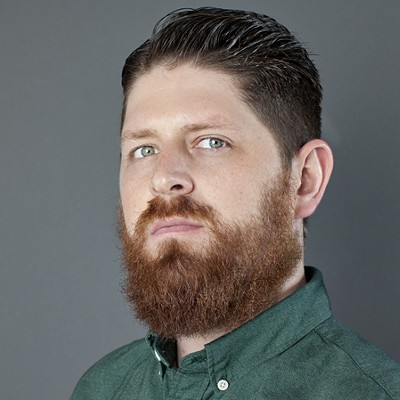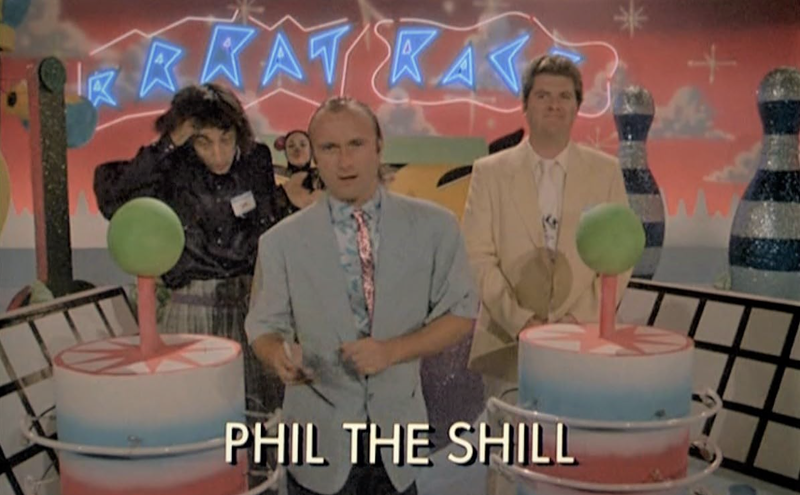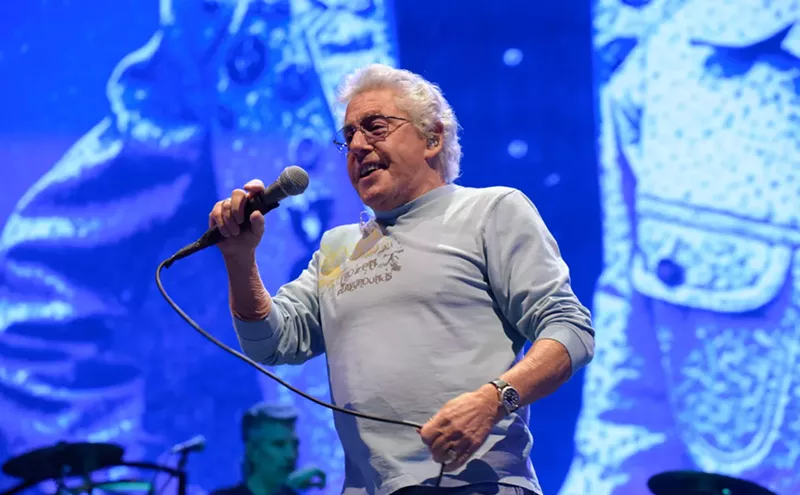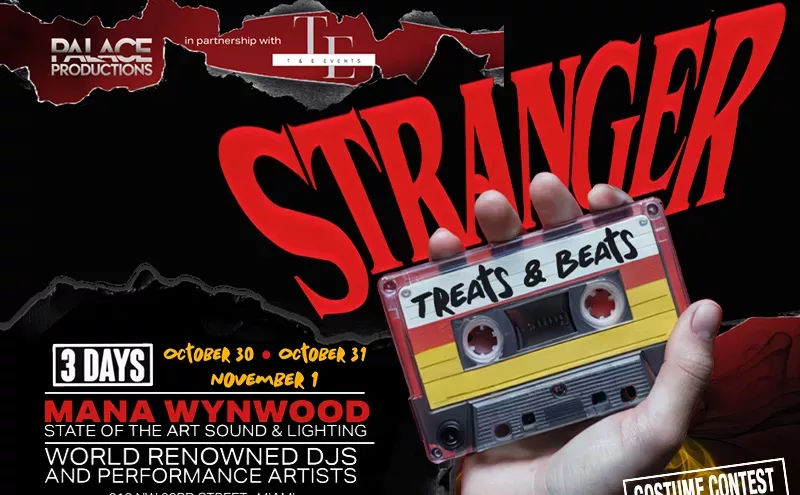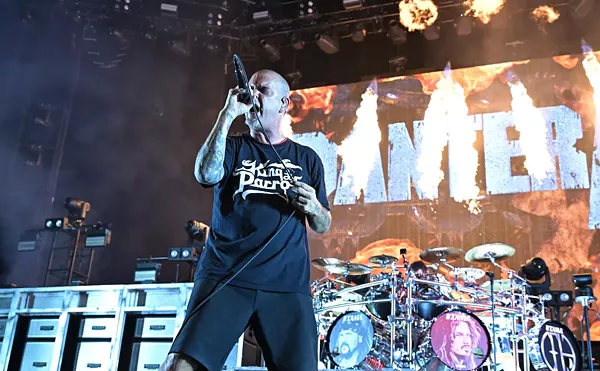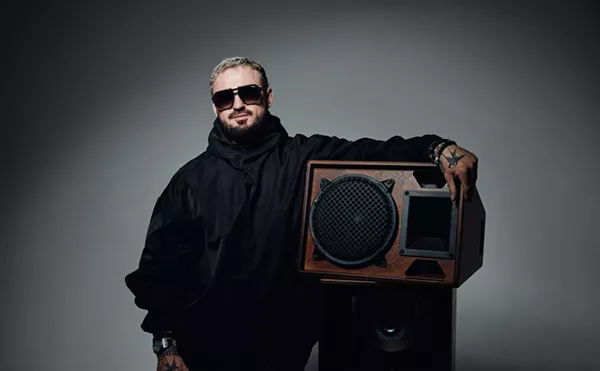It's hard to believe that three decades have slipped past since the birth of hardcore punk. And it's even harder to believe that legends like Black Flag and Minor Threat haven't let loose a loud, fast riff in 25 years.
But that's the truth ... Hardcore is history. And the pre-eminent cataloguer of that brief burst of subcultural noise (see American Hardcore: A Tribal History) is one-time punk promoter, writer, and filmmaker Steven Blush.
Earlier this week, Crossfade hijacked some of the hardcore historian's highly valuable time to talk about the Middle Class, youth culture, and the death of an era.
New Times: For those with almost zero knowledge of hardcore, could you lay down a basic definition?
Steven Blush: There was punk, which was the stuff that came out of London, like the Sex Pistols and the Clash. And then there was an American version based on the speed and aggression aspects of punk. It was made by kids from the suburbs and it became known as hardcore.
And hardcore was a very American movement in that most music beforehand came out of music industry centers like New York and Chicago and Los Angeles. Hardcore is the first time where it's a scene that grows out of all parts of the nation with all these unique regional aspects.
What do you consider the beginning of hardcore?
In the late '70s and early '80s, the music was really going in a direction of speed and aggression, starting with the Ramones. Loud fast riffs, no guitar solos, and an emphasis on playing fast, short songs, as opposed to the typical "Free Bird" and "Stairway to Heaven" scenarios.
This was like a new attitude. And hardcore really stepped it up a notch. You had a band called the Middle Class in Orange County, California. And that kind of spearheads the whole Southern California vibe of music. Today, you would think of Social Distortion or Bad Religion. That all comes out of the Middle Class and their single called "Out of Vogue."
Right at the same time on the East Coast, there's a totally independent, low-distribution single put out by the Bad Brains called "Pay to Come." And there are other bands doing this too. But this is kind of where it starts.
The band that really takes it to the next level is Black Flag. They're the band that put out their own records and toured the nation. They're almost like Johnny Appleseed. They lit this revolution around the country. Literally, like half a year after they played all these towns, there was a hardcore scene.
And they started SST Records, of course. The whole idea we have today of DIY music really comes out of hardcore. The bands had to put out their own records. And SST Records started that. They put out Black Flag and their friends' bands, like the Minutemen and Hüsker Dü and the Meat Puppets. And then other bands started their own labels, like Minor Threat started Discord Records, Bad Religion started Epitaph Records, the Necros and the Meatmen started Touch and Go Records.
You generally mark 1986 as the end. What happened that year?
I just came to realize, historically, that it kind of ends in '86. For instance, Black Flag's first significant record, Jealous Again, was 1980. They broke up in 1986. The Dead Kennedys released Fresh Fruit for Rotting Vegetables in 1980 ... Final album and breakup in 1986. Then Minor Threat ... First album in 1980 as Teen Idles. In 1986, they break up and turn into Fugazi.
D. Boone of the Minutemen died in December of '85. And right around that time, Hüsker Dü signed to Warner Bros, which was an unseen thing to happen in this underground hardcore scene, for a band to sign to a major.
Also, no longer was hardcore an insular subculture. There were other forces coming in. For instance, there were all the new heavy metal guys who had been turned on to the speed of Black Flag and Dead Kennedys, manifesting in speed metal like Metallica and Slayer. They're making the most intense records at that point.
It's even the start of alternative rock. You know, Nirvana actually started in 1986. That's where you first get that sort of proto-alt-rock thing starting to happen with a couple of labels, Sub Pop and Wax Trax.
But it was never an agenda I had. It's just something I realized. And when we made the film, it was the same deal. You know, nobody told Ian MacKaye or Greg Ginn to say, "I'm sorry. But I checked out in '86." That's really how they all felt.
It seems strange that the whole thing could conclude so abruptly.
What happened was everybody burned out on it. Hardcore might be the only musical movement in history where its pioneers just literally moved on. You know, there is no Minor Threat reunion coming. There is no Black Flag reunion coming.
I remember talking to Ian MacKaye when the American Hardcore film came out and we were talking about having some of the old bands play. And he referred to that as Sha Na Na, the '50s revival band that used to play in the '70s. I don't know if I would be as harsh. But I'm just saying that's how true these guys are to the original vision. You know, there was no sellout.
American Hardcore: A slideshow with Steven Blush. Thursday, January 13. Sweat Records, 5505 NE Second Ave., Miami. The discussion begins at 8 p.m., and admission is free. Call 786-693-9309 or visit sweatrecordsmiami.com.


